-
Material (PP) : PP stands for Polypropylene, which is a thermoplastic polymer commonly used for various types of packaging and plastic products. It offers durability, flexibility, and resistance to chemicals, making it suitable for RFID tags that need to withstand harsh environments.
-
Dimensions (10530332mm) : These numbers represent the physical size of the RFID tag. It measures 105mm in length, 30mm in width, and 332mm in height (or thickness). This large size indicates that the tag is likely designed for applications that need a higher read range or durability, such as for tracking large assets or containers.
-
Metal Buckle : The RFID tag is equipped with a metal buckle for attachment. This suggests that the tag is designed to be mounted or secured to objects using this metal component, which is often used in industrial settings or for asset management purposes where the tag needs to be physically secured to machinery, equipment, or other assets.
-
LF RFID (Low Frequency) : LF stands for Low Frequency RFID. RFID tags in this frequency range typically operate at 125 kHz or 134.2 kHz, which offers a shorter read range compared to higher-frequency RFID tags (HF or UHF). LF RFID tags are often used for applications like animal tracking, access control, or asset tracking where long-range reading is not required, and the focus is on proximity-based identification.
-
RFID Functionality : The RFID tag contains a chip and antenna to communicate wirelessly with an RFID reader. LF RFID tags are known for their strong performance in environments with metal and liquids, which can interfere with higher-frequency RFID tags.
 Chat
Chat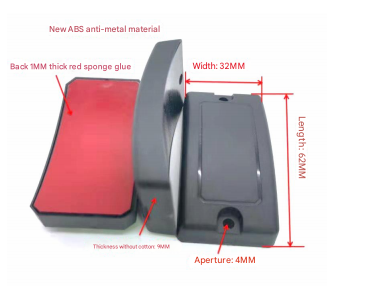


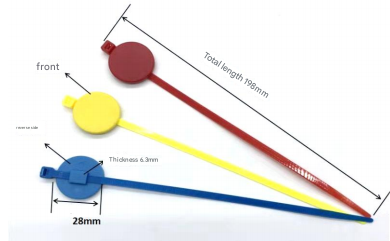
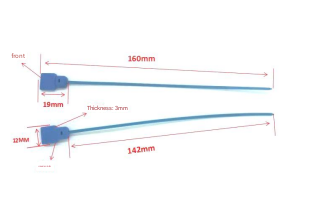
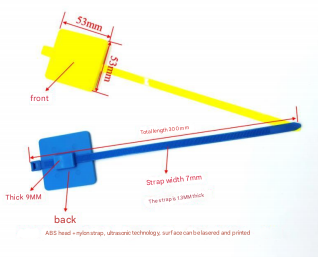

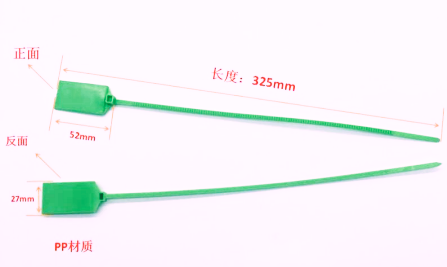
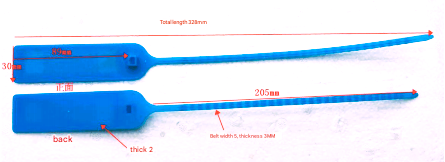
120987_.jpg)
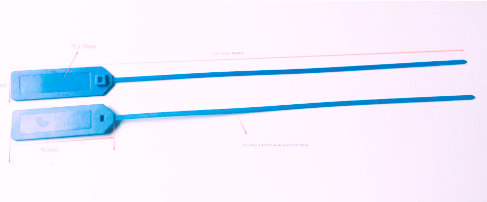
230671_.jpg)
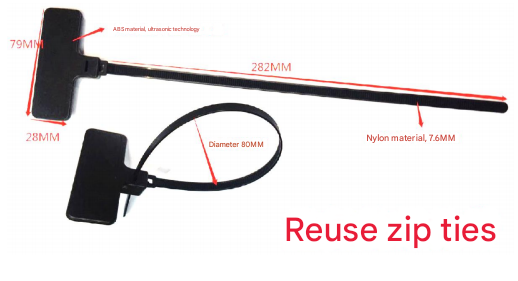
_75*29.6*330mm252381_.jpg)
156898_.jpg)